Black History: Honouring the Past, Living in the Present
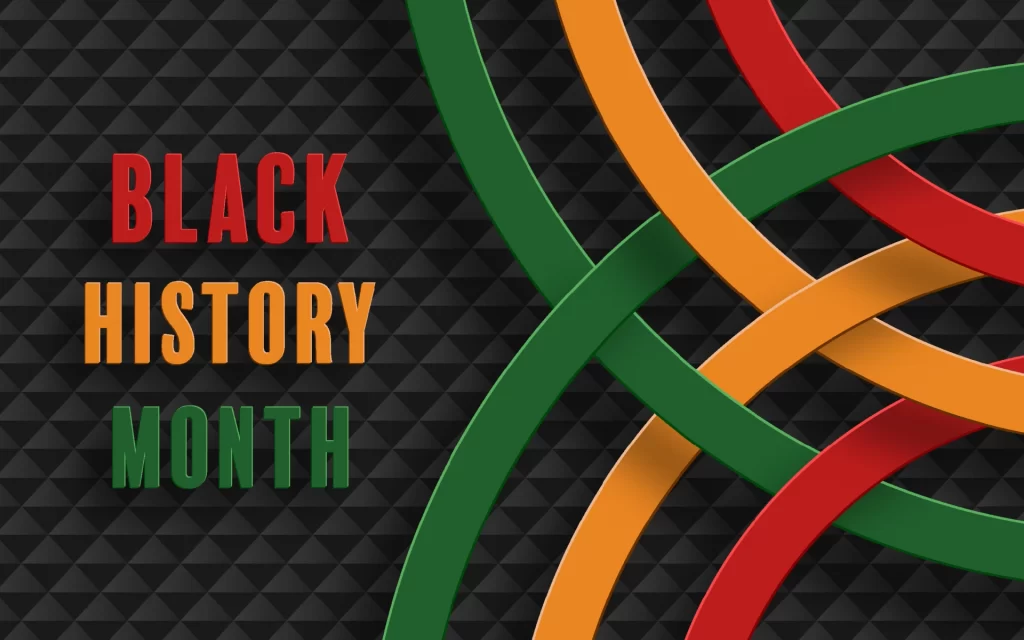
Black History: Honouring the Past, Living in the Present By Hamlin Grange C.M. February is Black History Month (BHM). Over the next several weeks there will be posts on social media, newspaper and magazine articles, television programs, and of course many invitations asking prominent Black people to give speeches at schools and corporations. Efforts by […]
The Reality of IDEA Must Include Accessibility
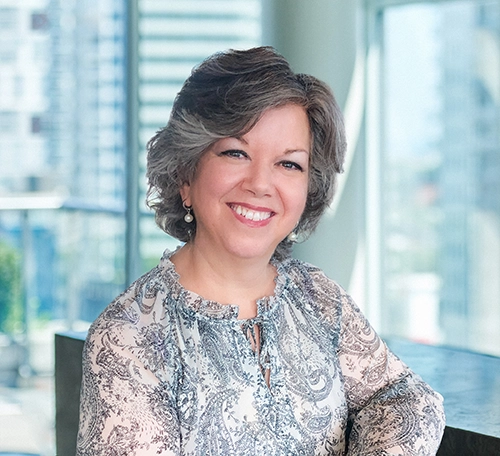
Nominated for the fourth consecutive year as Canadian Lawyer Magazine’s Top 25 Most Influential in the Human Rights category, Lorin MacDonald is one of Canada’s leading voices on disability issues. Over the last 30 years, Lorin has demonstrated her leadership, passion, and commitment to accessibility and inclusion in various volunteer and professional activities, all informed by her lived experience as a woman born with profound hearing loss.
Orange Shirt Day & National Truth and Reconciliation Day

We call upon the federal government, in collaboration with Aboriginal peoples, to establish, as a statutory holiday, a National Day for Truth and Reconciliation to honour Survivors, their families, and communities, and ensure that public commemoration of the history and legacy of residential schools remains a vital component.” September 30th is the answer to this […]
Emancipation Day
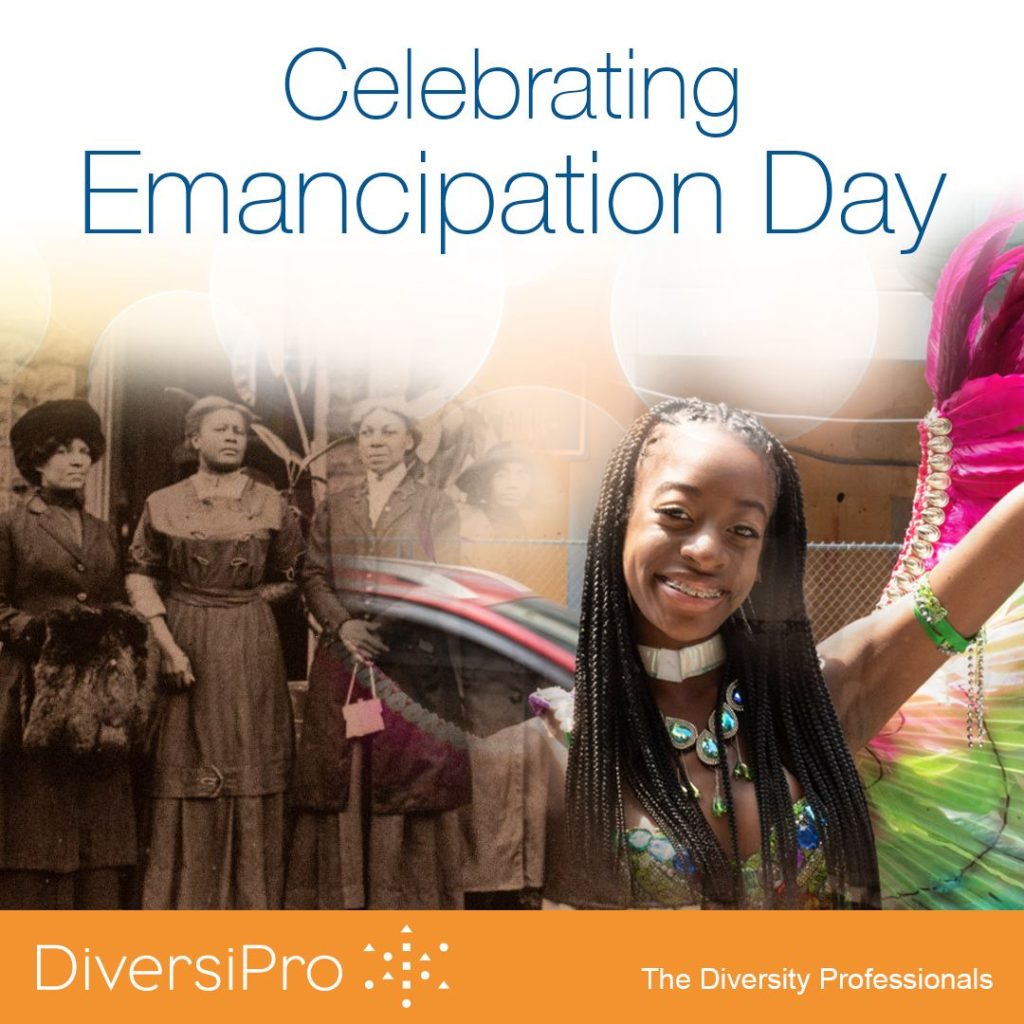
Blackhurst Cultural Centre’s Emancipation Day Parade August 2022 After successfully putting the Underground Freedom Train Ride “back on track” this year, the Blackhurst Cultural Committee celebrated Emancipation Day—August 1, 2022—with a festive parade visually and musically depicting various aspects of slavery and commemorating various triumphs in the struggle for freedom, justice and equality through inclusion, […]
Trinidad & Tobago Independence Day
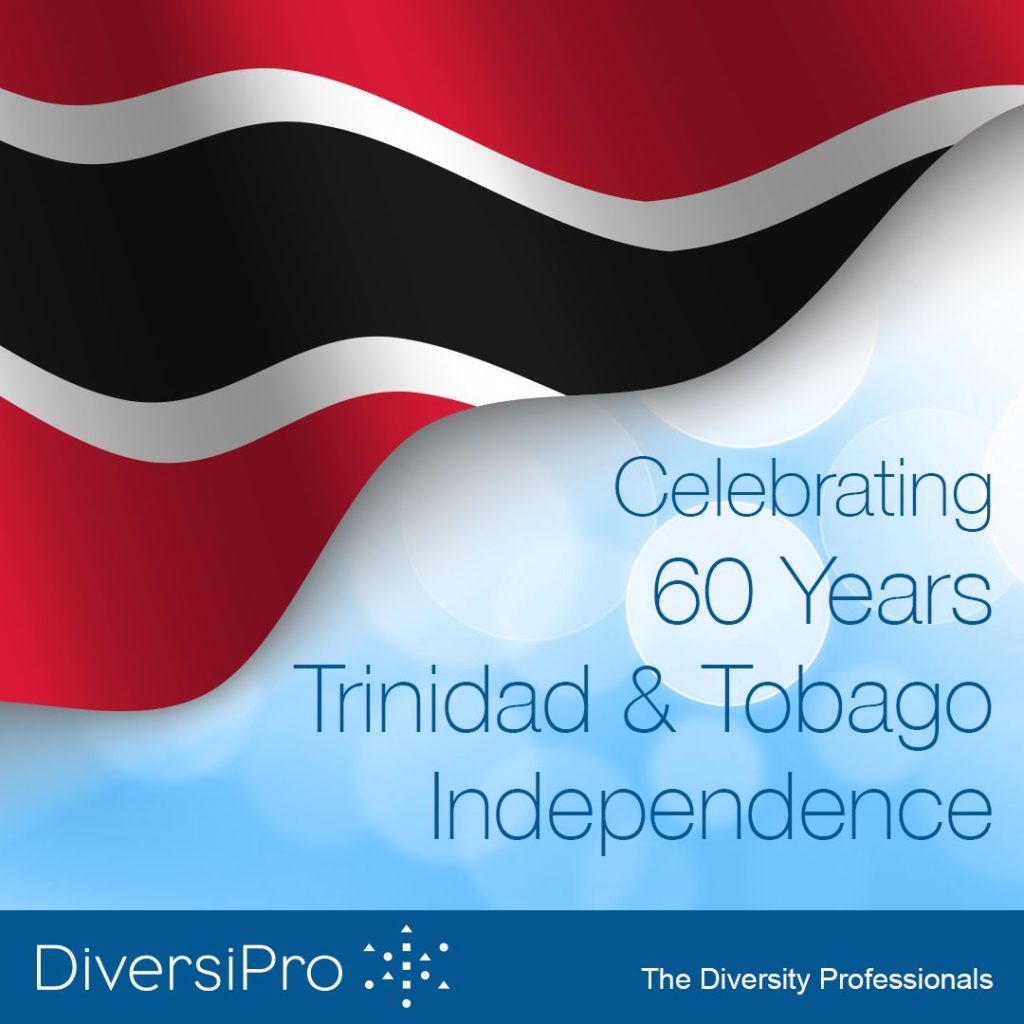
Celebrating the 60th Anniversary of Independence: Republic of Trinidad and Tobago: August 31st “A revolution of intelligence, for intelligence, by intelligence.” https://diversipro.com/wordpress_Staging/idea-books/ “To educate is to emancipate.” In the afterglow of the International Day for the Remembrance of the Slave Trade and its Abolition, celebrated annually on August 23 to memorialize the transatlantic slave trade, […]
Honoring our Heroes- Musician Oscar Peterson

On August 15, 2022 the Royal Canadian Mint unveiled a one-dollar circulation coin honouring Oscar Peterson (1935-2007). Peterson is the first Black Canadian and the first musician to be featured on a circulation coin. Born in Montreal in 1925, Peterson is widely regarded as one of the foremost jazz pianists of his generation, winning numerous […]
Blackhurst Cultural Centre Commemorates the 10th Annual Underground Freedom Train Ride: “We’re Back on Track”
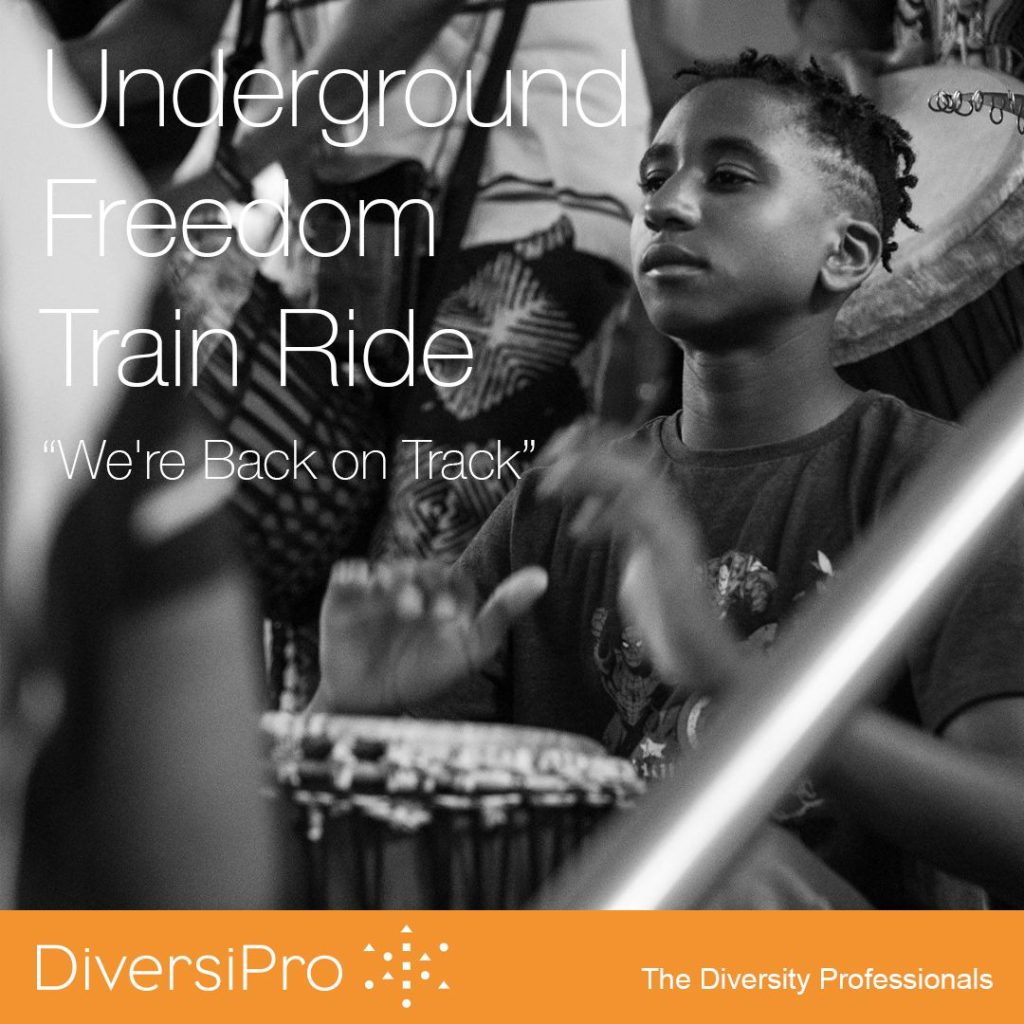
The Underground Freedom Train Ride and Emancipation Day Commemorations Still Matter… Recently, Dr. Afua Cooper, Professor in the Sociology and Social Anthropology Department at Dalhousie University explained why issues around slavery and emancipation are still important. Here is the link to the story: A specific form of anti-black racism: Scholars want Canadian apology for […]
Interculturally Competent Leadership
Members of the Diversity Leadership Council in one client organization identified behaviours of interculturally competent leaders and described their own leaders’ behaviours. Here is what they told DiversiPro: Leadership is not only a function, it’s a practice. Leaders set the tone in organizations that aim to be inclusive. All employees should have a role in […]
Eid ul Adha and Transforming Diversity

Towards Intercultural Competence: Gathering and meeting others on common ground has the potential to change and transform the people who are part of this journey… The Islamic holiday of Eid ul Adha takes place on the final day of the Hajj, the Islamic pilgrimage to Mecca and is celebrated in Canada this year on July […]
Going beyond rainbow flags in June – organizational motivations for 2SLGBTQ+ inclusion
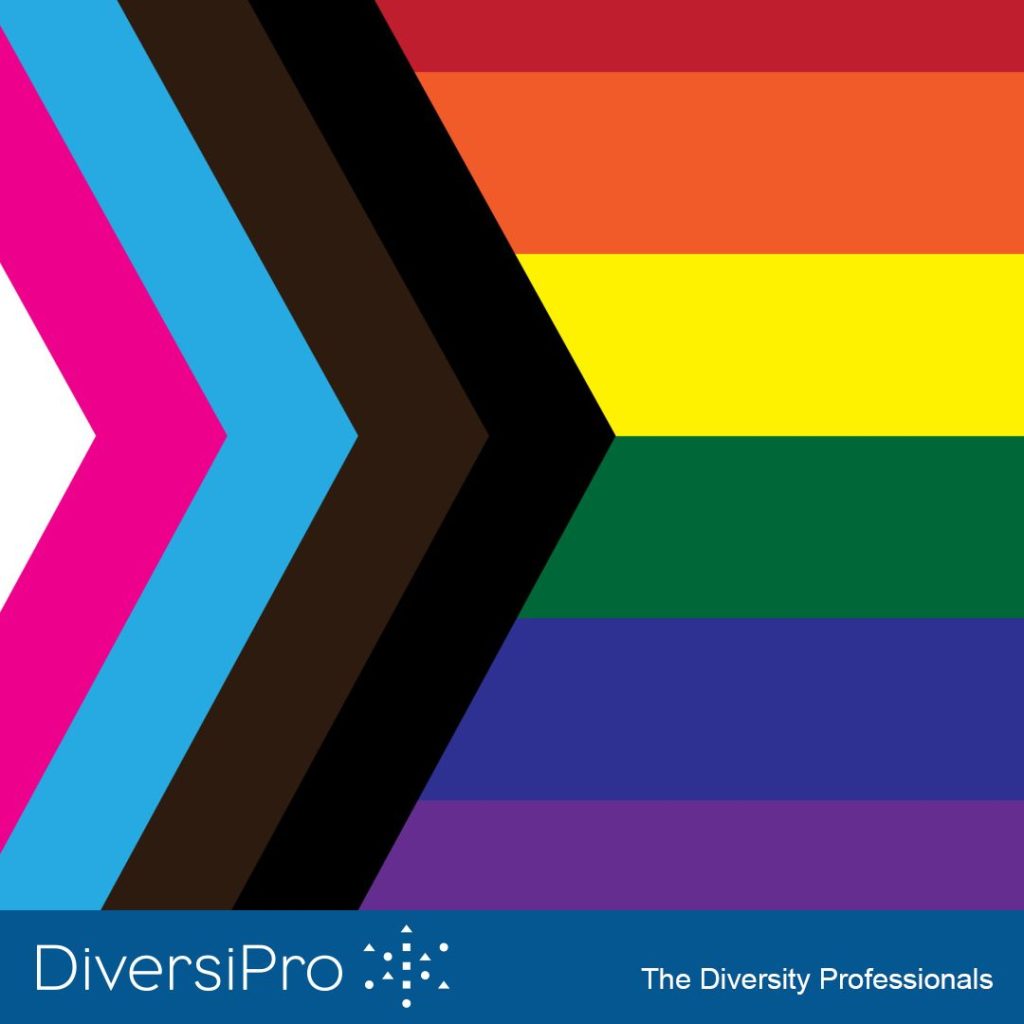
As we come to the end of another successful Pride month – with the first in-person celebrations held in over two years – many companies and organizations are reflecting on a month full and rich with 2SLGBTQ+ inclusion. Companies that have used June as an opportunity to learn more about 2SLGBTQ+ identities and celebrate diversity […]
